Those who wish
to join a monastery begin their lives as novices or novices (in Greek:
dokimos; in ecclesiastical Slavonic: poslushnik), lit. "one under
obedience"). Once the candidate arrives at the monastery and lives as a
guest for no less than three days, the abbot or abbess can bless the
candidate to become a novice or novice. A formal ceremony is not done to
cover the habits of a novice or novice; they simply receive permission
to use the habits of a novice. In the Eastern monastic tradition,
novices may or may not wear a black inner cassockIf the novice or
novice continues on the path to becoming a monk or nun, he is dressed
with the first degree of monasticism in a rite in which he receives the
tonsure and is called Rasophore (in Greek:, rasophoros; in
ecclesiastical Slavonic: ryasophore, ryasofor; lit. "the one who wears a
robe or cassock". Although no formal vows are made at this point, the
candidate is usually required to affirm their commitment to persevere in
the monastic life. The abbot performs the tonsure, cutting a small
amount of hair from four points on the head, forming a cross. The
novices receive the outer cassock.
The next level for Eastern monastics takes place some years after the first tonsure, when the abbot feels that the monk has reached an appropriate level of discipline, dedication and humility. It is called stavrophore (in Greek: stavrophores; in ecclesiastical Slavonic: krestonosets, krestonosets; lit. "the one who bears the cross"). :This degree is also known as the Small Scheme or the Minor Scheme, and is considered as a "marital commitment" to the Grand Scheme. At this stage, the nun or monk takes formal vows of stability of place, chastity, obedience and poverty.
Monks and nuns whose abbots feel that they have achieved a high level of spiritual excellence reach the final stage, called the Grand Scheme (in Greek, megaloschims; in ecclesiastical Slavonic: Shima, Schima). The tonsure of an outline monk (schemamonk) or schema nun (schemanun) follows the same format as that of the stavrophore, and makes the same vows, and is tonsured in the same way. In addition to all the garments that the stavrophore wears, when they reach this grade, they are given the analavos (in ecclesiastical Slavonic: analav), which are the item of the monastic clothing emblematic of the Great Scheme. The Analovians themselves are sometimes called the "Grand Scheme". They fall on the shoulders and hang in front and behind, the front part being slightly longer, and are embroidered with the instruments of the Passion and the Trisagio.
The degrees of monasticism in the Holy Orthodox Church refer to the stages that an Orthodox monk or nun goes through in their religious vocation.Unlike Western Christianity, in which different religious orders and societies emerged, each with its own professional rites, the Orthodox Church has only one type of monasticism. The profession of monastics is known as tonsure (in reference to the ritual cutting of the monastic's hair that takes place during the rite) which, at one time, was considered a Sacred Mystery (sacrament). The Rite of Tonsure appears printed in the Eucologio (in ecclesiastical Slavonic: Trebnik), as are the other Sacred Mysteries and rites performed as needed, such as funerals, blessings and exorcisms.
The next level for Eastern monastics takes place some years after the first tonsure, when the abbot feels that the monk has reached an appropriate level of discipline, dedication and humility. It is called stavrophore (in Greek: stavrophores; in ecclesiastical Slavonic: krestonosets, krestonosets; lit. "the one who bears the cross"). :This degree is also known as the Small Scheme or the Minor Scheme, and is considered as a "marital commitment" to the Grand Scheme. At this stage, the nun or monk takes formal vows of stability of place, chastity, obedience and poverty.
Monks and nuns whose abbots feel that they have achieved a high level of spiritual excellence reach the final stage, called the Grand Scheme (in Greek, megaloschims; in ecclesiastical Slavonic: Shima, Schima). The tonsure of an outline monk (schemamonk) or schema nun (schemanun) follows the same format as that of the stavrophore, and makes the same vows, and is tonsured in the same way. In addition to all the garments that the stavrophore wears, when they reach this grade, they are given the analavos (in ecclesiastical Slavonic: analav), which are the item of the monastic clothing emblematic of the Great Scheme. The Analovians themselves are sometimes called the "Grand Scheme". They fall on the shoulders and hang in front and behind, the front part being slightly longer, and are embroidered with the instruments of the Passion and the Trisagio.
The degrees of monasticism in the Holy Orthodox Church refer to the stages that an Orthodox monk or nun goes through in their religious vocation.Unlike Western Christianity, in which different religious orders and societies emerged, each with its own professional rites, the Orthodox Church has only one type of monasticism. The profession of monastics is known as tonsure (in reference to the ritual cutting of the monastic's hair that takes place during the rite) which, at one time, was considered a Sacred Mystery (sacrament). The Rite of Tonsure appears printed in the Eucologio (in ecclesiastical Slavonic: Trebnik), as are the other Sacred Mysteries and rites performed as needed, such as funerals, blessings and exorcisms.

